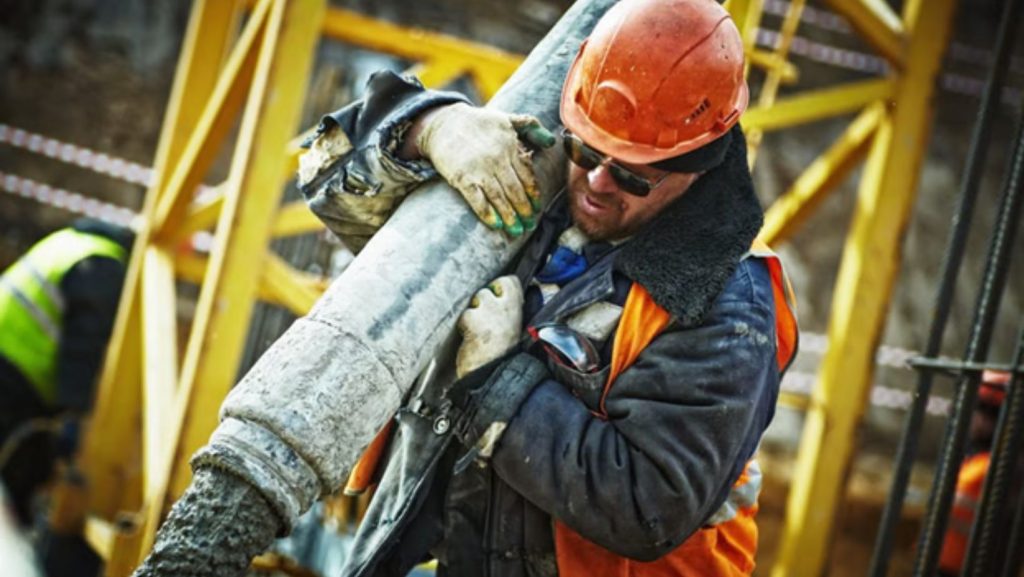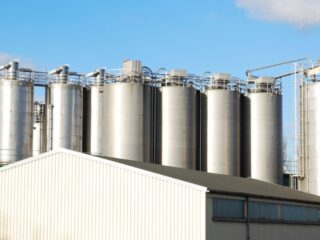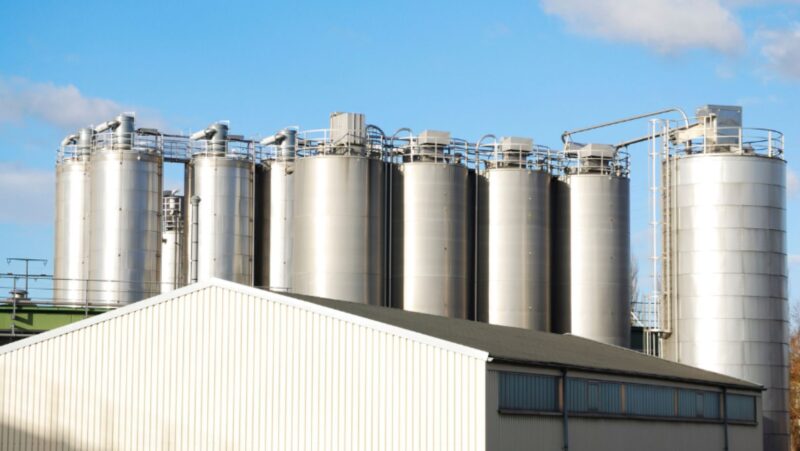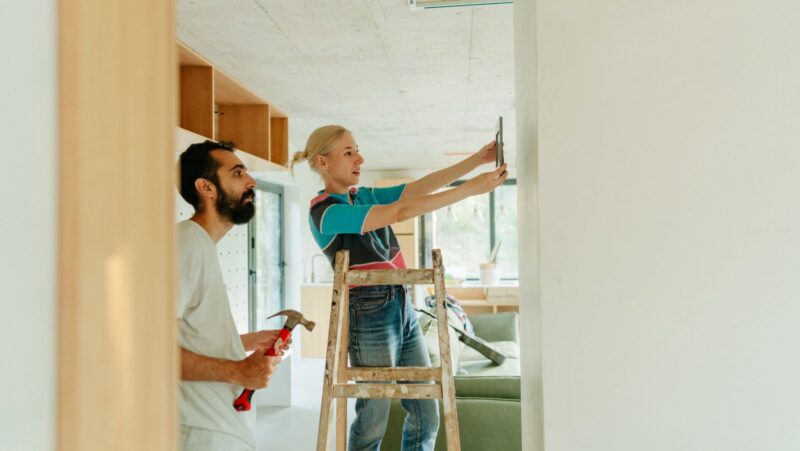
Building a structure, whether it’s a cozy home or a towering commercial edifice, begins with a solid foundation made from the best materials. The integrity of any construction project is fundamentally tied to the building materials used. This comprehensive guide is designed to arm you with the essential knowledge you need to make informed decisions when purchasing building materials.
From understanding the various types of building materials available to know how to assess their quality, this guide will help you construct your confidence in selecting the right materials for your next project. Not only will you save time and money by choosing wisely, but you’ll also ensure the safety and longevity of your construction.
Types of Building Materials
From wood and steel to concrete and glass or fire glass, there is no shortage of options when it comes to building materials. Each type has its own unique properties and uses, making them suitable for different applications. Let’s take a closer look at some of the most common types of building materials:
- Wood: This is a popular choice due to its versatility, durability, and aesthetic appeal. It can be used for framing, flooring, roofing, and even decorative elements.
- Steel: Known for its strength and longevity, steel is often used in large-scale construction projects such as skyscrapers and bridges.
- Concrete: This material is made from a mixture of cement, sand, gravel, and water. It is strong, durable, and can be molded into various shapes, making it suitable for a wide range of construction projects.
- Glass: Mostly used for windows and facades, glass is another versatile building material that allows natural light to enter while providing insulation.
- Brick and Stone: These traditional building materials are still widely used due to their durability, strength, and classic aesthetic appeal.
Understanding Your Project Needs
Before setting foot in a hardware store or ordering materials online, you must first understand your project’s unique requirements. This entails a thorough assessment of the environmental conditions, load-bearing demands, the expected lifespan of the structure, and any special attributes needed for the materials, such as fire resistance or thermal insulation.

Identifying the specifications of the materials includes understanding the size, type, and qualities of the items needed. For instance, if you’re building an outdoor structure, pressure-treated lumber might be on your list to ward off rot and insect damage. Then, consider the quantity needed by making precise measurements and planning for any potential waste or errors in construction.
Quality and Durability
Investing in high-quality materials isn’t just about aesthetics; it’s about ensuring your structure can withstand the tests of time and nature. Factors to consider include tensile strength, resistance to corrosion, wear and tear, and the ability to maintain structural integrity under stress.
When evaluating materials, research the longevity and performance of the options available. Bear in mind that initial cost savings on cheaper materials may lead to higher expenses down the line due to premature repairs or replacements.
Budget Considerations
Budgeting effectively for a construction project means carefully balancing cost with the necessity for quality. It’s tempting to cut corners cost-wise, but resist that urge. Setting a realistic budget involves calculating not just the immediate price of materials but also considering long-term costs associated with maintenance and potential material failures.
Find a balance between affordability and reliability by comparing materials and getting estimates from various suppliers. Always leave a little wiggle room for unexpected expenses. And keep in mind that you can always check the latest building material prices online. That way, you can stay within budget and still get quality materials.
Sourcing and Suppliers
Your building material suppliers are as crucial as the materials themselves. A reliable supplier should offer a broad selection of materials, provide detailed product information, and have a positive track record.
Research suppliers by reading customer reviews, asking for professional recommendations, and comparing quotes. Keep an eye out for red flags like excessively low prices or a history of late deliveries. Especially for larger construction projects, establishing a good relationship with your supplier can save you both time and money in the long run.
Environmental Considerations
Sustainable building materials and green construction practices aren’t just trends; they are responsibilities. Opting for materials that have a reduced impact on the environment, such as bamboo, reclaimed wood, or recycled metal, contributes to a more sustainable future.

Incorporating energy-efficient solutions, like thermal insulation or energy-saving windows, reduces the long-term environmental impact of the building and can assist in cutting down on future utility bills. However, it’s essential to note that not all sustainable materials are suitable for every project. For example, in areas prone to hurricanes, using bamboo as a building material may not be the safest option. And, while eco-friendly materials can have a higher upfront cost, they often save money in the long run and contribute to a healthier planet.
Safety and Compliance
Building materials must comply with local laws and safety regulations. Building codes exist to ensure the safety of the occupants and the general public, and failure to adhere to them can lead to fines and legal issues.
Educate yourself on relevant codes and acquire materials that meet these standards. Products that have undergone rigorous safety testing might come at a premium, but the investment is worth the peace of mind they offer. Even more so, your safety should always be a top priority.
Approaching the purchase of building materials should be done with care and research. An informed buyer is someone who understands their project’s needs, recognizes the balance between quality and budget, sources from reputable suppliers, chooses sustainability where possible, and never compromises on safety.
By empowering yourself with knowledge, you ensure that the building blocks of your project stand strong against physical and financial pressures. Keep these considerations at the forefront of your material purchasing decisions, and construct with confidence!
Remember to stay informed about the latest advancements in building technology and to keep evolving your knowledge base to make even smarter decisions in the future. Your efforts at the outset will lay the groundwork for a structure that stands proudly for years to come.












